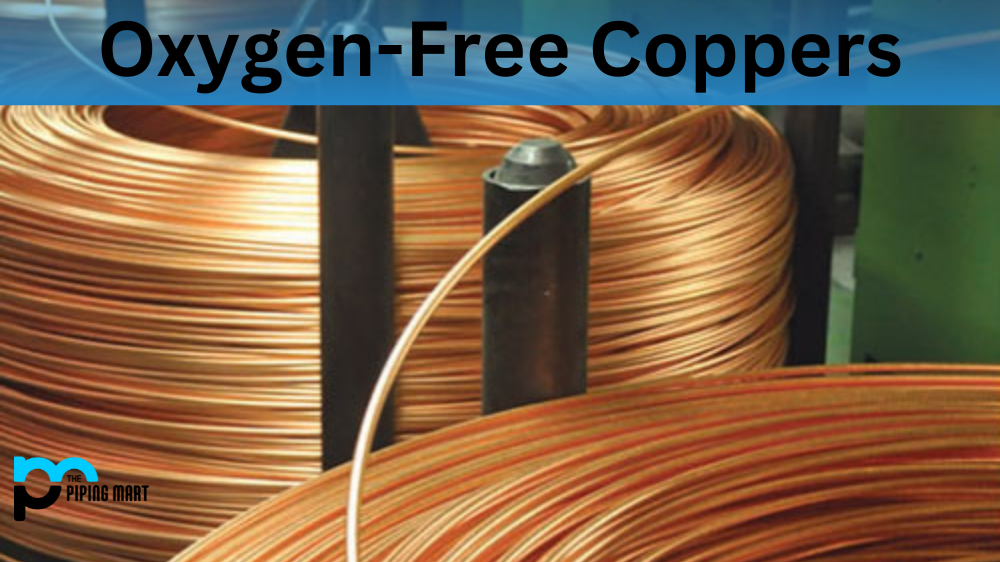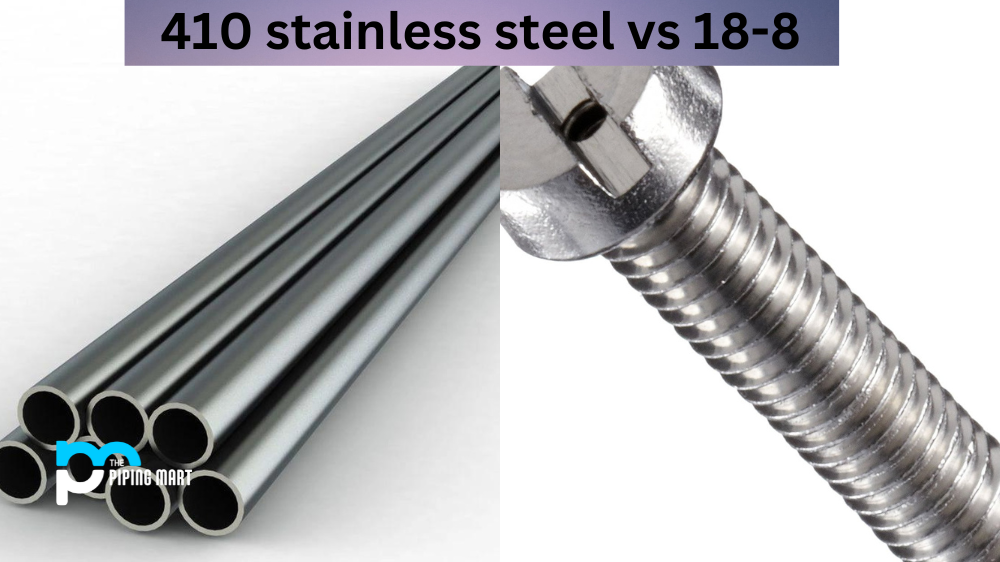Nitriding is a process used to harden and strengthen the surface of metal components. It is often used in the manufacturing industry to increase wear resistance, fatigue strength, and corrosion resistance. However, nitriding has some drawbacks that should be considered when deciding whether or not it’s the right process for a specific application. Let’s explore what these drawbacks are.
Heat Treatment Stress
One of the main disadvantages of nitriding is that it can cause heat treatment stress. This occurs during the nitriding process when the parts are exposed to high temperatures for an extended period of time. The heat treatment stress can cause cracking and distortion in the components, making them less reliable in service conditions. To avoid this problem, it is essential to use a controlled cooling technique after nitriding to reduce residual stresses in the material.
Cost
Another disadvantage of nitriding is its cost. It requires special equipment and materials that can be expensive, so it may be prohibitively costly for some applications or businesses with tight budgets. In addition, parts must often be pre-treated prior to nitriding, which can add further costs to the process. As such, it is important to weigh up the costs versus any potential benefits before committing to using nitriding as a manufacturing solution.
Environmental Impact
Finally, another disadvantage of nitriding is its environmental impact. The process produces nitrogen oxides during processing which are harmful gases that must be safely contained and disposed of in order for nitriding operations to comply with environmental regulations. This adds additional costs to businesses operating nitride processes as well as more complexity from an operational standpoint since numerous safety protocols must be followed at all times during production cycles.
Conclusion:
Nitride processes have many advantages but also come with some disadvantages, such as heat treatment stress, costliness, and environmental impact due to nitrogen oxide emissions during processing cycles. For businesses considering using this process for their manufacturing needs, it’s important to consider these drawbacks along with any potential benefits before deciding if it’s right for them or not. Ultimately though, when done properly and efficiently, nitriding can provide numerous benefits such as improved wear resistance and fatigue strength – making it worth considering depending on your application requirements and budget constraints.

Pipingmart is a B2B portal that specializes in metal, industrial and piping items. Additionally, we share the latest information and information about materials, products and various types of grades to assist businesses that are involved in this business.




